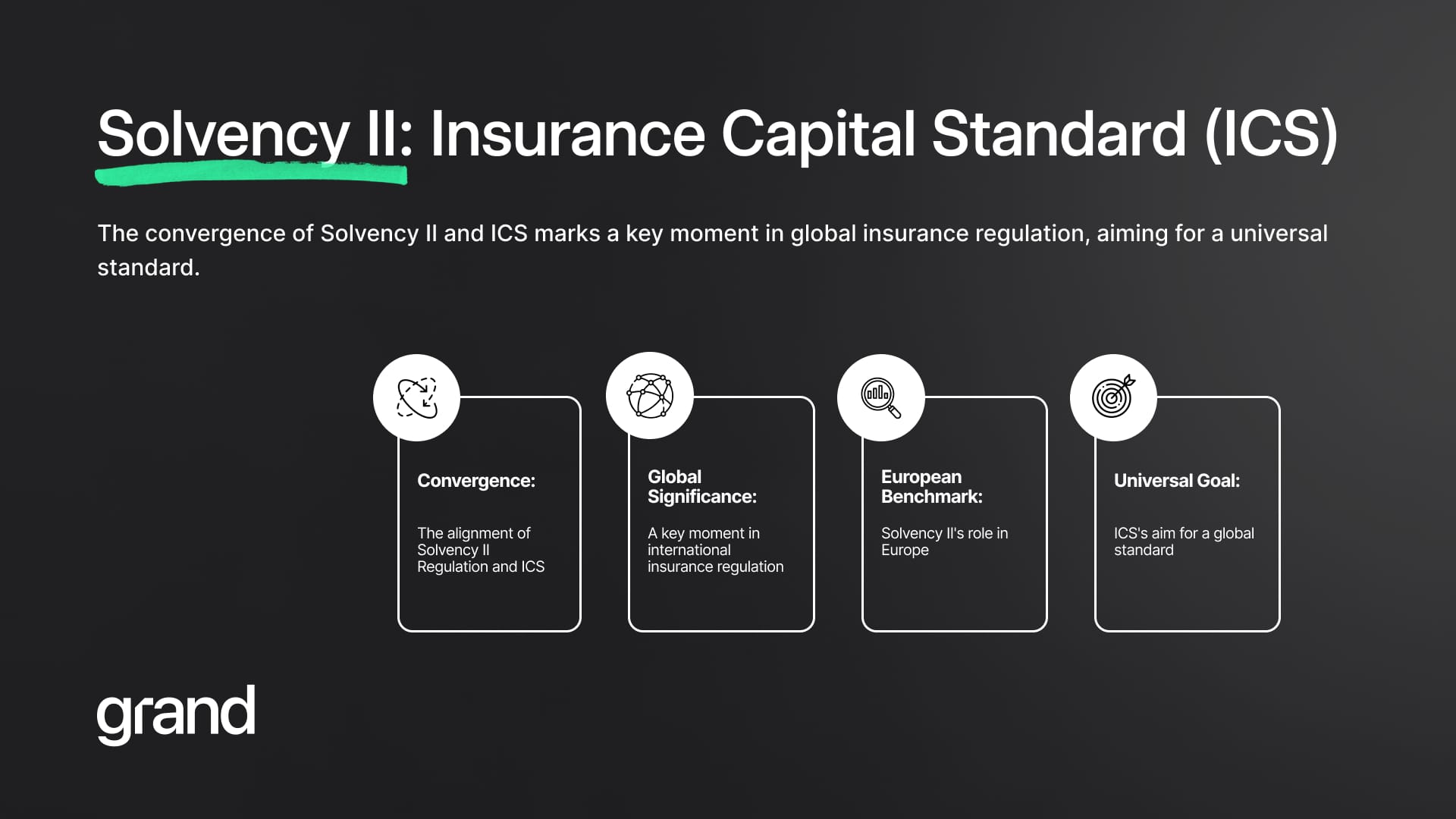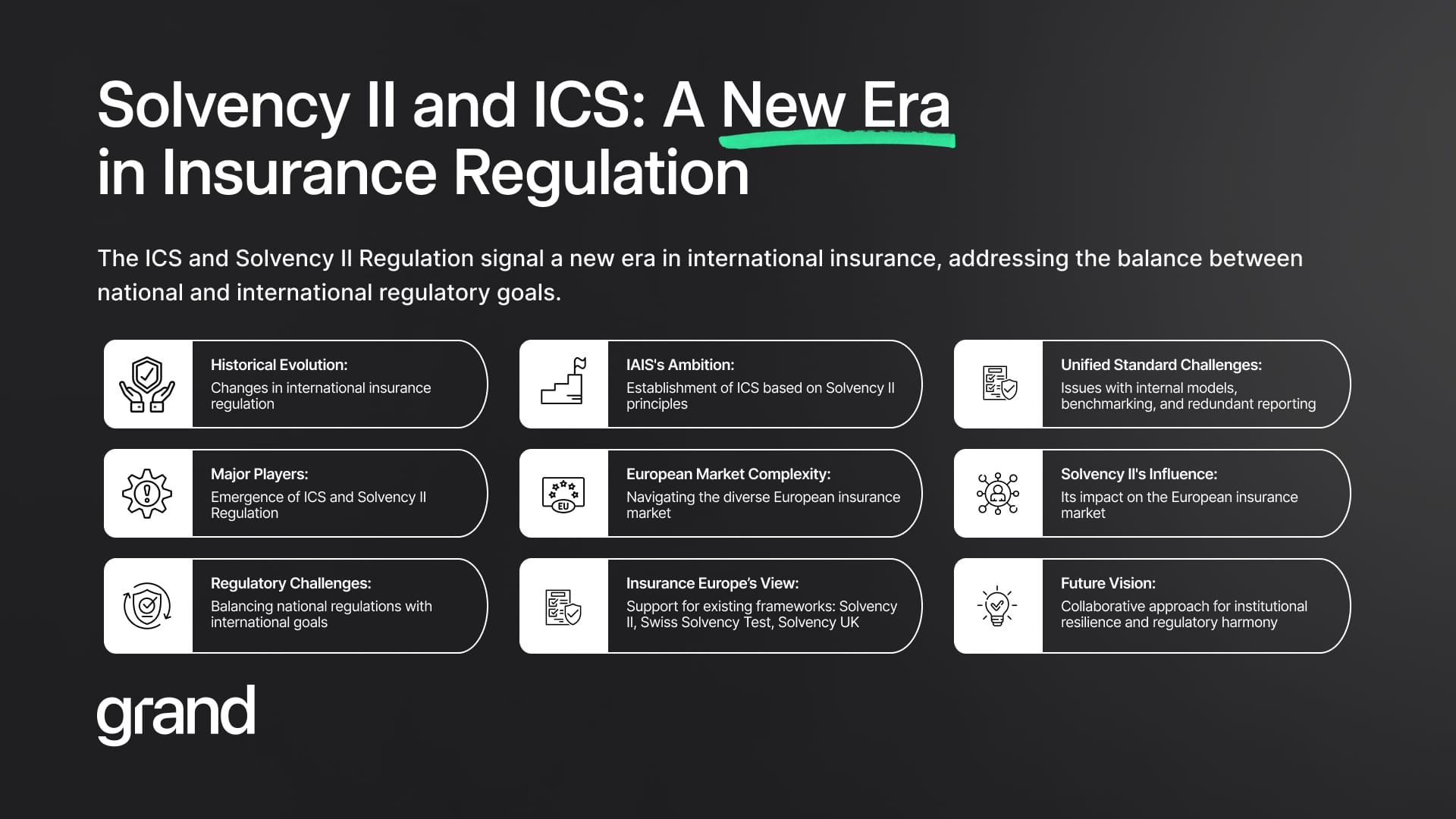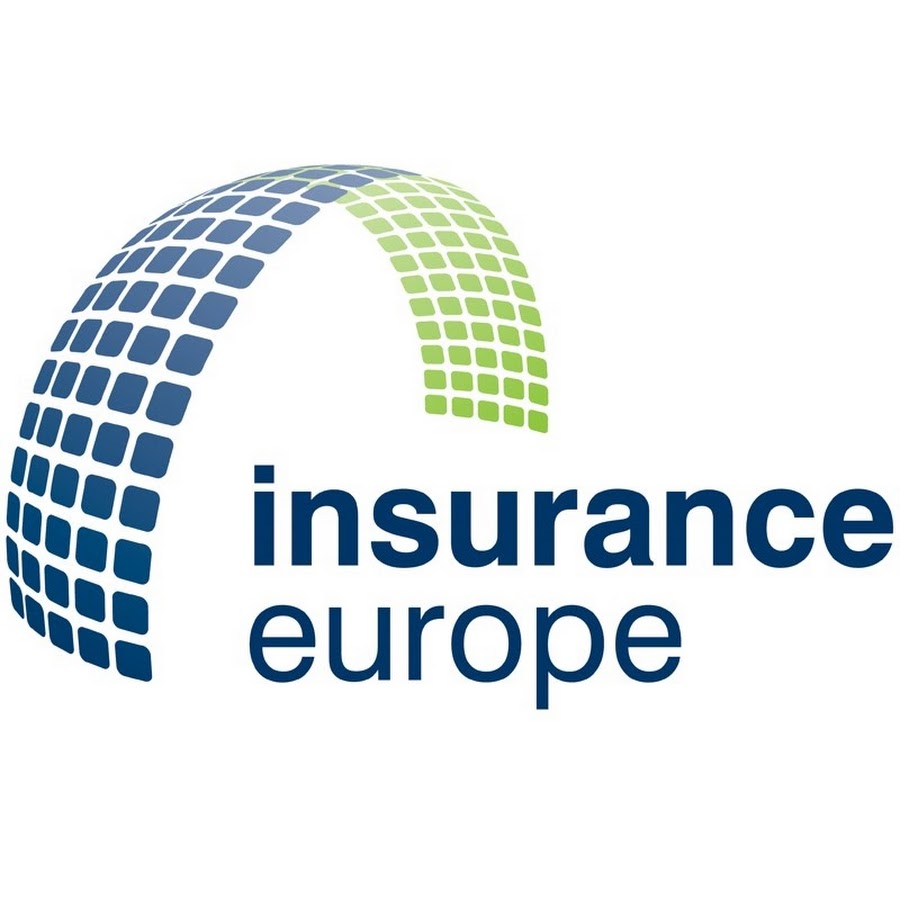Solvency II: Insurance Capital Standard (ICS)
The convergence of Solvency II Regulation and the Insurance Capital Standard (ICS) signifies a pivotal moment in global insurance regulation. While Solvency II set the benchmark in Europe, ICS aims for a universal standard.

Solvency II Regulation: Insurance Europe's Response to IAIS Consultation on ICS
Reinsurance Advisory Board (RAB) and Insurance Europe recently expressed concerns and suggestions regarding a request for information made by the International Association of Insurance Supervisors (IAIS) regarding the Insurance Capital Standard (ICS) in relation to a Prescribed Capital Requirement (PCR). The ICS project was started with the goal of creating an unmatched international insurance standard based on the concepts of the Solvency II Regulation. The goal of this standard is to develop a fair and strong international legal system.
Although the goals of the ICS align with the principles of the Solvency II Regulation, Insurance Europe voiced concerns regarding the project's ongoing development. Insurance Europe says that the ICS's use of internal models is one positive feature. However, they highlighted some hazards: inappropriate benchmarking procedures or output floor requirements could jeopardize these models' effectiveness.
Furthermore, Insurance Europe has clarified their worries on the technical complexities of the ICS standard model, including the potential for redundant reporting obligations. Insurance Europe sees the current prudential frameworks—Solidity II, Solvency UK, and the Swiss Solvency Test—as an appropriate representation of the ICS within the European context and with the Solvency II Regulation in mind.

Solvency II Regulation and the Emergence of the Insurance Capital Standard (ICS): A New Era in Insurance Regulation
Significant changes and turning points have occurred in the history of international insurance regulation, with the Insurance Capital Standard (ICS) and the Solvency II Regulation emerging as major players. In light of the complicated challenges regulators and industry associations face in balancing national regulations with international goals, input from major players such as Insurance Europe provides insightful analysis.
The International Association of Insurance Supervisors (IAIS) and its ambition to establish the ICS, an unmatched worldwide insurance standard, are at the center of this discussion. Inspired by the principles of the Solvency II Regulation, this ambitious project aims to advance a robust and harmonized worldwide regulatory framework. But it's important to recognize that synchronization presents certain difficulties, particularly in the context of the complex and varied European insurance market.
As a prominent voice in the European insurance community, Insurance Europe has expressed its viewpoint and emphasized the benefits of the Solvency II Regulation in particular. Their support of frameworks like the Swiss Solvency Test, Solvency II, and Solvency UK indicates a strong preference for using pre-existing regulatory models as the basis for the ICS.
Yet there are a number of challenges in the way of a unified international standard like ICS. The careful balancing act necessary is highlighted by worries about the effectiveness of internal models, the hazards associated with inappropriate benchmarking procedures, and the constant prospect of redundant reporting obligations. Insurance companies have to make sure that their fundamental operational and risk assessment frameworks continue to be strong in addition to adhering to these changing criteria.
The importance of Solvency II Regulation in this discussion is evidence of its fundamental influence on the development of the insurance market in Europe. It is critical to comprehend the subtleties, worries, and goals of important stakeholders as the ICS slowly rises from the shadows of its inspiration.
In summary, the interconnected paths of the Insurance Capital Standard (ICS) and the Solvency II Regulation herald an exciting time for international insurance regulation. Notwithstanding ongoing difficulties, the industry's leading lights' joint vision and cooperative approach portend a time when institutional resilience and regulatory harmony coexist. It is imperative that we share knowledge, involve stakeholders, and adjust proactively as we negotiate this transformation.

Read More

Reduce your
compliance risks

